Deep Learning for Structural Health Monitoring

Structural health monitoring (SHM) is the science of detecting, localizing, and quantifying damage in structures. SHM is essential for ensuring the safety and reliability of critical infrastructure, such as bridges, buildings, and power plants. Traditional SHM techniques rely on sensors to measure the condition of a structure and identify changes that may indicate damage. However, these techniques can be limited by their accuracy, reliability, and cost.
Deep learning is a type of machine learning that has been shown to achieve state-of-the-art results in a wide variety of tasks, including image classification, natural language processing, and speech recognition. Deep learning models are typically trained on large datasets of labeled data, and they can learn to identify patterns and features that are not easily detectable by human experts. This makes deep learning a promising tool for SHM, as it can be used to develop models that can accurately detect and characterize damage in structures.
Applications of Deep Learning for SHM
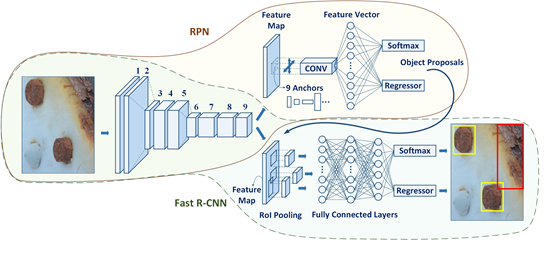
Deep learning has been used for a variety of SHM applications, including:
- Damage detection: Deep learning models can be trained to identify changes in the structural response that are indicative of damage. This can be done by using data from sensors that measure the strain, vibration, or other properties of the structure.
- Damage localization: Once damage has been detected, deep learning models can be used to localize the damage to a specific location in the structure. This can be done by using data from multiple sensors, or by using data from a single sensor that is placed in a strategic location.
- Damage quantification: Deep learning models can be used to estimate the severity of damage in a structure. This can be done by using data from sensors, or by using data from a non-destructive testing (NDT) scan.
Benefits of Deep Learning for SHM
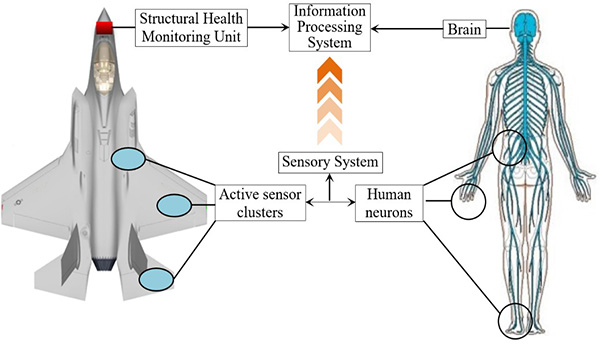
Deep learning offers a number of benefits for SHM, including:
- Accuracy: Deep learning models can achieve high levels of accuracy in detecting, localizing, and quantifying damage in structures. This is due to the fact that deep learning models can learn to identify complex patterns and features that are not easily detectable by human experts.
- Reliability: Deep learning models are not subject to the same biases and errors as human experts. This makes them more reliable for SHM applications, especially in critical infrastructure where safety is paramount.
- Cost-effectiveness: Deep learning models can be trained on large datasets of data, which can be obtained relatively inexpensively. This makes deep learning a cost-effective solution for SHM applications.
Challenges of Deep Learning for SHM

There are also a number of challenges associated with using deep learning for SHM, including:
- Data availability: The development of deep learning models requires large datasets of labeled data. This can be a challenge for SHM applications, as it may not be possible to obtain large datasets of labeled data for some structures.
- Training time: Deep learning models can take a long time to train, especially on large datasets. This can be a challenge for SHM applications, where it may be necessary to deploy models quickly to address urgent safety concerns.
- Interpretability: Deep learning models are often black boxes, which means that it can be difficult to understand how they make decisions. This can be a challenge for SHM applications, where it is important to be able to understand how models are making decisions in order to ensure that they are making accurate and reliable predictions.
Future Directions for Deep Learning for SHM
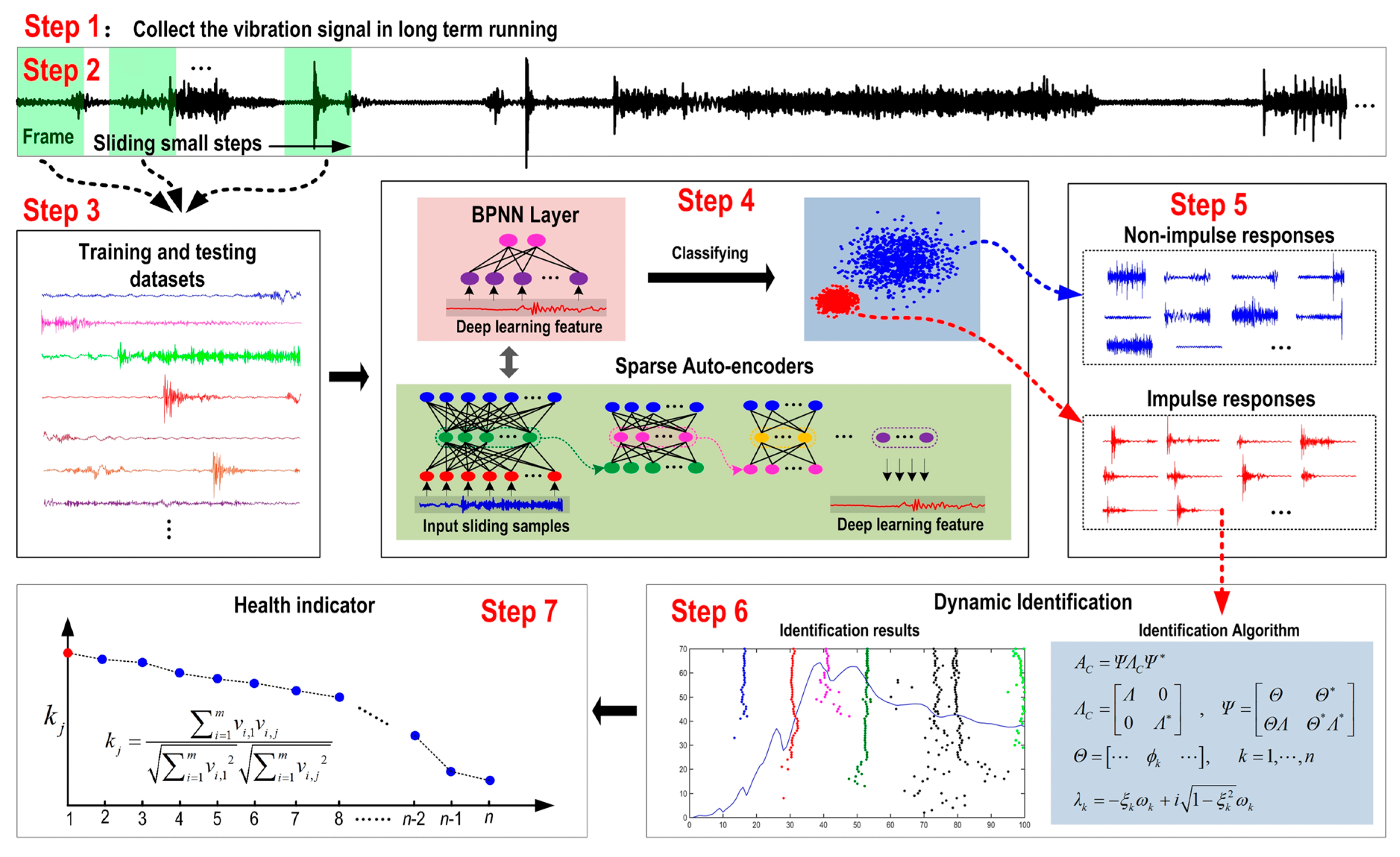
The field of deep learning for SHM is still in its early stages, and there are a number of promising future directions for research. These include:
- Developing new deep learning architectures: There are a number of different deep learning architectures that can be used for SHM applications. Future research should focus on developing new architectures that are better suited for SHM tasks, such as damage detection, localization, and quantification.
- Improving data collection and labeling: The development of deep learning models for SHM requires large datasets of labeled data. Future research should focus on developing new methods for collecting and labeling data for SHM applications.
- Improving the interpretability of deep learning models: Deep learning models are often black boxes, which means that it can be difficult to understand how they make decisions. Future research should focus on developing methods for making deep learning models more interpretable, so that it is easier to understand how they are making predictions.
Conclusion
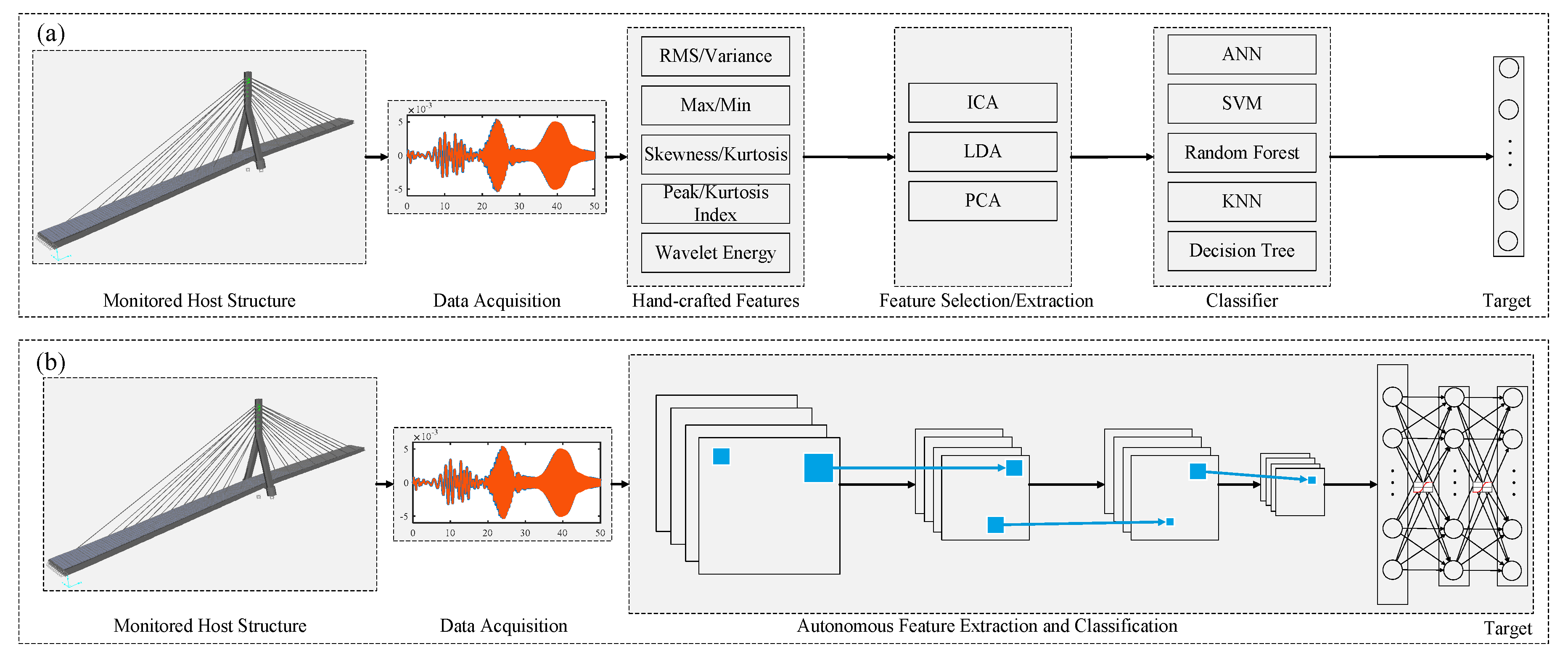
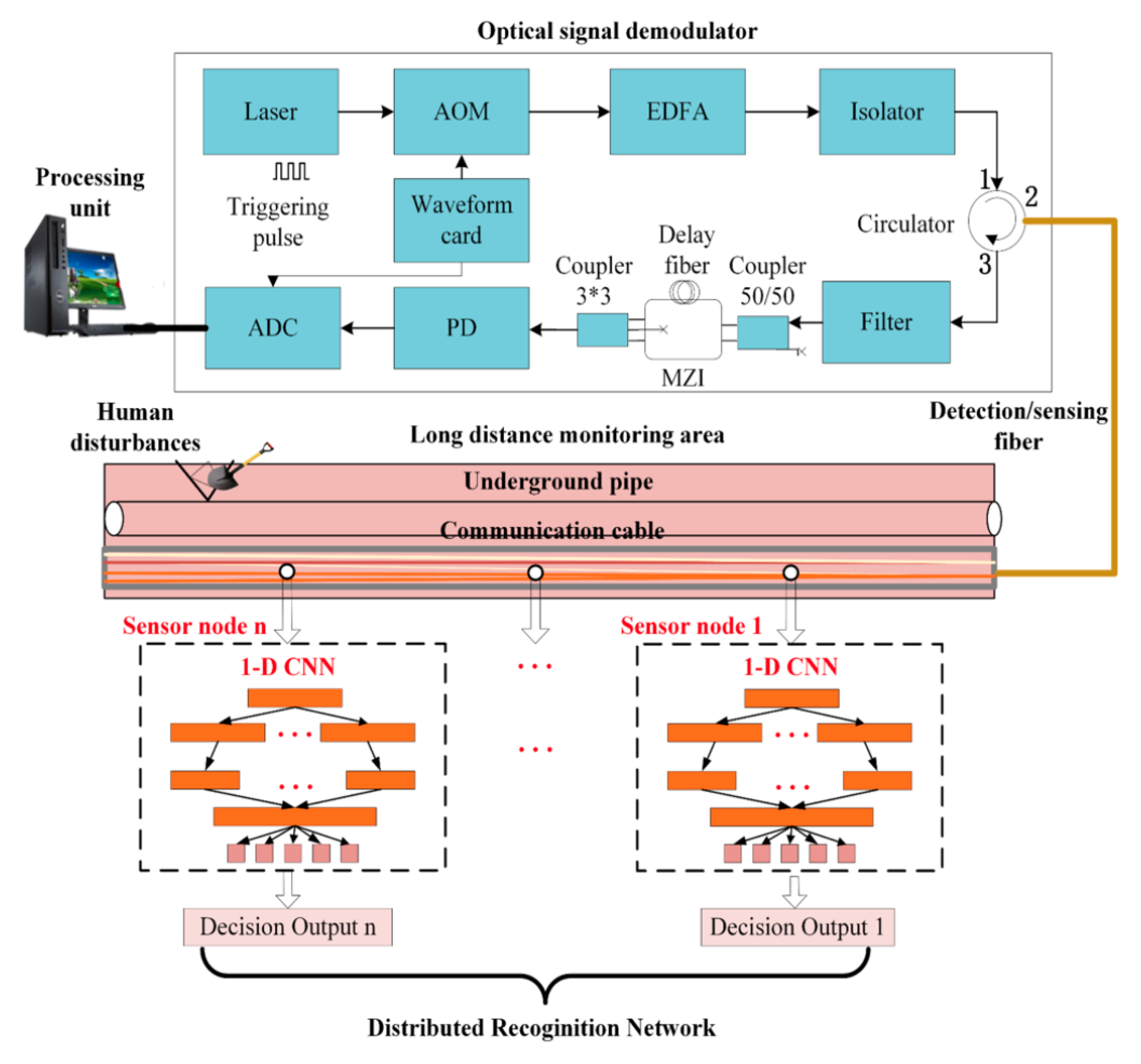
Deep learning is a promising tool for SHM, and it is expected to play an increasingly important role in the future. By overcoming the challenges associated with deep learning, researchers can develop deep learning models that can accurately, reliably, and cost-effectively detect, localize, and quantify damage in structures. This will help to ensure the safety and reliability of critical infrastructure.
Post a Comment